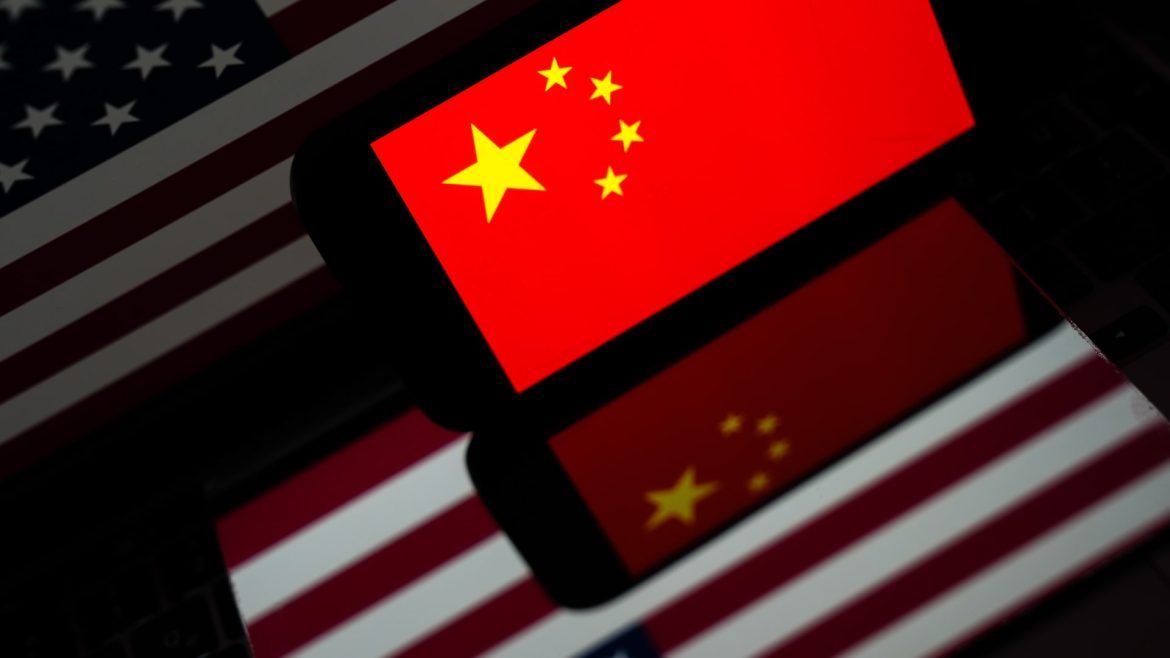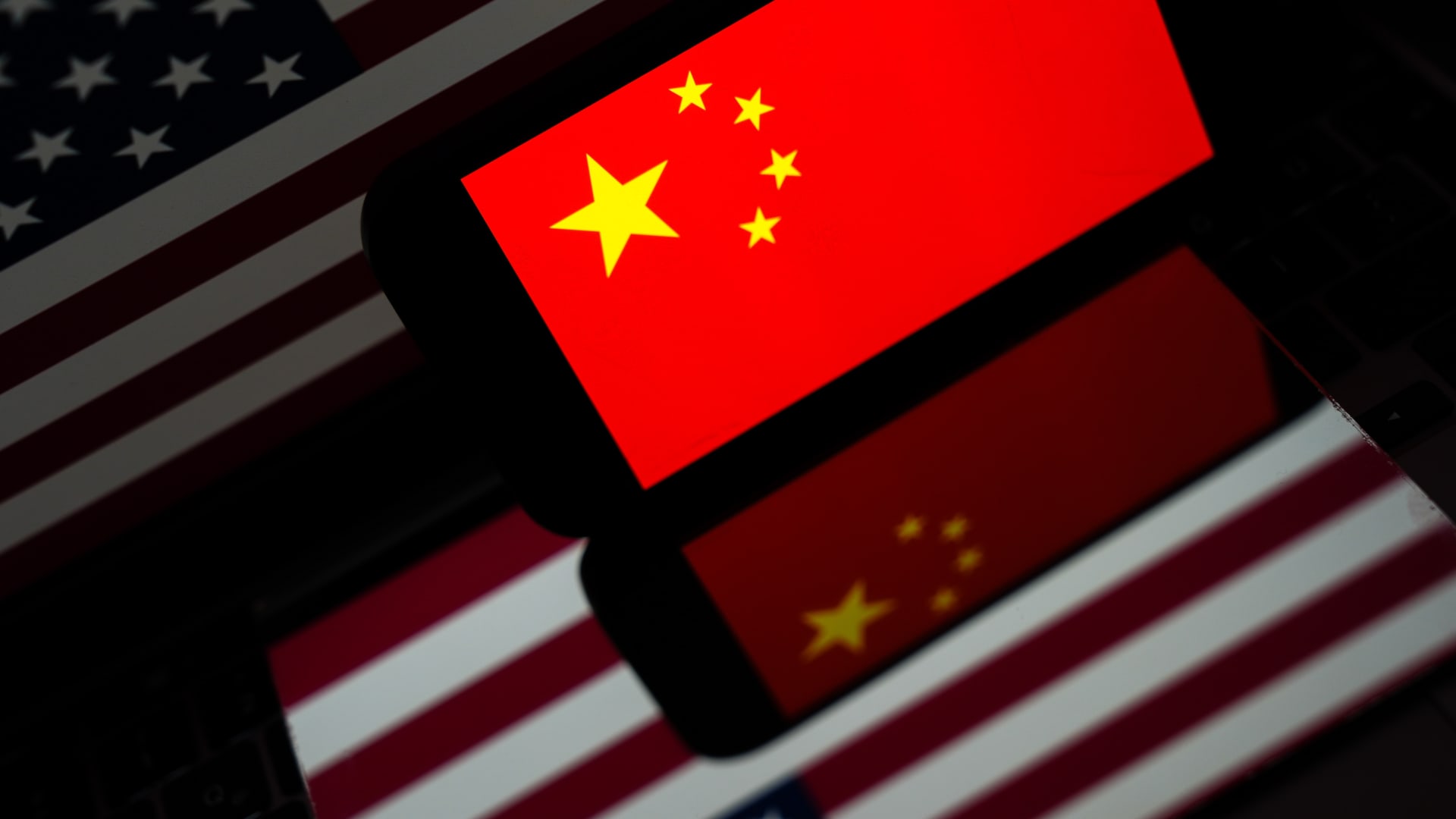China’s Monetary Policy Shift: A Comprehensive Analysis
In a significant move to bolster its economy, China’s central bank, the People’s Bank of China (PBoC), has announced a series of monetary policy adjustments. These include cuts to key lending rates and the reserve requirement ratio (RRR). This report delves into the implications, motivations, and potential outcomes of these policy changes.
The Policy Announcements
Reserve Requirement Ratio (RRR) Cut
The PBoC has decided to reduce the RRR by 50 basis points. This move is designed to free up approximately CNY 1 trillion in new lending capacity for banks. The RRR is the portion of deposits that banks must hold in reserve, and reducing it allows banks to lend more, thereby increasing liquidity in the financial system.
Interest Rate Cuts
In addition to the RRR cut, the PBoC has announced a reduction in key lending rates. The seven-day reverse repo rate has been cut by 20 basis points, and the medium-term lending facility rate has been reduced by 30 basis points. These cuts are aimed at lowering the cost of borrowing for businesses and consumers, thereby stimulating economic activity.
Motivations Behind the Policy Changes
Economic Stimulus
The primary motivation behind these policy changes is to stimulate economic growth. China’s economy has been facing headwinds, including trade tensions with the United States and a slowing domestic economy. By increasing liquidity and lowering borrowing costs, the PBoC aims to encourage investment and consumption, thereby boosting economic activity.
Addressing Trade Tensions
The trade war with the United States has had a significant impact on China’s economy. The tariffs imposed by the U.S. have increased the cost of exports, leading to a slowdown in manufacturing and other sectors. The PBoC’s policy changes are intended to mitigate these effects by providing a more favorable lending environment for businesses.
Implications for the Economy
Increased Lending
With the RRR cut, banks will have more funds available for lending. This is expected to lead to an increase in both corporate and consumer lending, providing a much-needed boost to economic activity. The additional CNY 1 trillion in lending capacity is a significant injection of liquidity into the financial system.
Lower Borrowing Costs
The reduction in key lending rates will make borrowing cheaper for both businesses and consumers. This is expected to encourage investment and consumption, as lower interest rates reduce the cost of financing for new projects and purchases. For consumers, this could mean lower mortgage rates and more affordable loans for big-ticket items like cars and homes.
Potential Outcomes
Economic Growth
The combined effect of increased lending and lower borrowing costs is expected to stimulate economic growth. By making it easier and cheaper to borrow, the PBoC aims to encourage businesses to invest in new projects and consumers to spend more, thereby boosting overall economic activity.
Market Reaction
The market reaction to these policy changes has been generally positive. The CSI300 Index, which tracks the performance of the top 300 stocks on the Shanghai and Shenzhen exchanges, has seen significant gains since the announcements. This indicates that investors are optimistic about the potential benefits of these policy changes.
Conclusion: A Strategic Move for Economic Resilience
The PBoC’s decision to cut the RRR and key lending rates is a strategic move aimed at bolstering China’s economy in the face of significant challenges. By increasing liquidity and lowering borrowing costs, the central bank is providing a more favorable environment for businesses and consumers to invest and spend. While the full impact of these policy changes will take time to manifest, the initial market reaction suggests that investors are optimistic about the potential benefits. As China continues to navigate the complexities of the global economic landscape, these monetary policy adjustments are a crucial step in ensuring economic resilience and growth.


